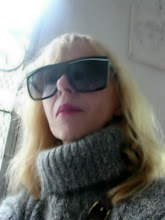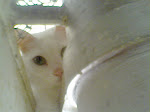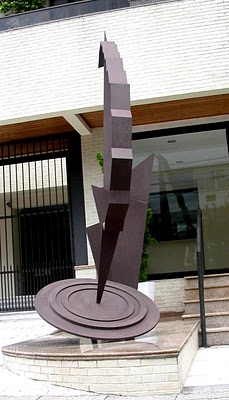 rth Press
rth PressVirginia book
Roger rug

invitation

A group of English intellectuals active from the early 1900's until the 1930's, who met for discussion in the Bloomsbury area of London in the early 20th century. The romantic record of the group's members is noteworthy, because they demonstrated a sexual freedom that was ahead of their time. Beginning in 1925, Virginia Woolf had a passionate affair with Vita Sackville-West. In the first flush of romance, Woolf wrote what has become a classic of gay fiction, the experimental fantasy Orlando (1927), which argued that love and passion ignore gender.
Auberon Duckworth; Duncan; Julian; Leonard Woolf. Front Virginia Woolf; Lady Margaret Duckworth; Clive; Vanessa
Auberon Duckworth; Duncan; Julian; Leonard Woolf. Front Virginia Woolf; Lady Margaret Duckworth; Clive; Vanessa
Others in the Bloomsbury group exhibited similar bisexual tendencies. Although Vanessa Stephen married Clive Bell, the great love of her life was Duncan Grant, who was primarily gay and had been sexually involved with her brother Adrian. During World War I, they lived together at a country estate with David "Bunny" Garnett, who was a lover of both.
Frances Marshall; Quentin; Julian; Duncan; Clive; Beatrice Mayor. In front Roger Fry and Raymond Mortimer
Triangular relationships with a gay twist were common within the Bloomsbury circle. Strachey was gay, but in the early days of Bloomsbury, he proposed marriage to Virginia Stephen (Woolf). In the 1920s, he lived in platonic bliss with surrealist painter Dora Carrington. When they both fell in love with the same man, Carrington married the object of their mutual desire, and the three set up housekeeping together. The cross-dressing Carrington had affairs with women, confiding to a friend that she had "more ecstasy" with female lovers than with men - "and no shame."
Frances Marshall; Quentin; Julian; Duncan; Clive; Beatrice Mayor. In front Roger Fry and Raymond Mortimer
Triangular relationships with a gay twist were common within the Bloomsbury circle. Strachey was gay, but in the early days of Bloomsbury, he proposed marriage to Virginia Stephen (Woolf). In the 1920s, he lived in platonic bliss with surrealist painter Dora Carrington. When they both fell in love with the same man, Carrington married the object of their mutual desire, and the three set up housekeeping together. The cross-dressing Carrington had affairs with women, confiding to a friend that she had "more ecstasy" with female lovers than with men - "and no shame."
Clive Bell; is mistress Mary Hutchins;
Omega Workshops Ltd
opened to the public at 33 Fitzroy Square
in the heart of London's Bloomsbury.
The workshops incorporated public
showrooms as well as studios,
and were staffed by a business manager,
caretaker and a group of artist assistants.
Vanessa Bell, Duncan Grant and Roger Fry
were named as Directors. Roger Fry founded
and was the driving force behind the Omega Workshops. Unlike his most obvious
predecessors William Morris and the designers
of the Arts and Crafts Movement,
Fry was not concerned with social reform
or protesting against contemporary machine manufacture,
but wanted to remove what he saw as the false division between
the fine and decorative arts. He was keen to see some of the key ideas
of Post-Impressionism, such as bright colours and bold,










2 comments:
A fascinating collection of individuals - with the accent on individual - the Bloomsbury Group. You have done it justice with your blog. It should whet appetites.
Did you see the film,"Carrington" ? If you can, rent it. It also introduced me to Schubert.
Post a Comment